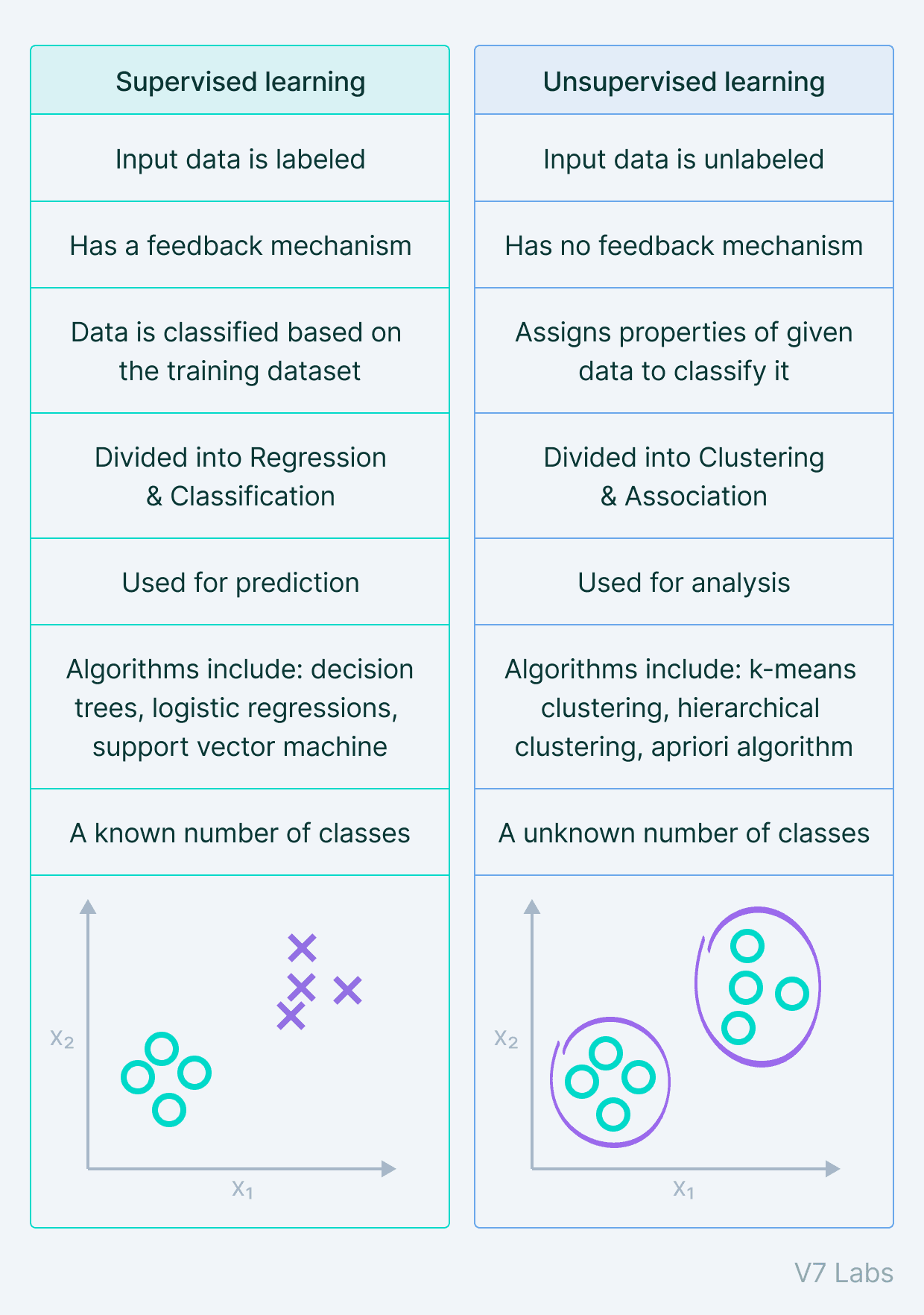Essential Concepts in Statistical Modeling and Optimization Methods
Classified in Mathematics
Written on in  English with a size of 13.69 KB
English with a size of 13.69 KB
Probability Distributions for Discrete Events
The following table matches common scenarios to their appropriate probability distributions:
| Scenario Description | Distribution Type |
|---|---|
| Number of people clicking an online banner ad each hour | Poisson |
| Number of arrivals to a flu-shot clinic each minute | Poisson |
| Number of hits to a real estate website each minute | Poisson |
| Number of arrivals to the ID-check queue at an airport each minute | Poisson |
| Number of people entering a grocery store each minute | Poisson |
| Number of penalty kicks taken until one is saved | Geometric |
| Number of faces correctly identified by Deep Learning (DL) software until an error occurs | Geometric |
| Of the first 100 people viewing a house listing, the number who tour it | Binomial |
| Number of days in a year with temperature |

